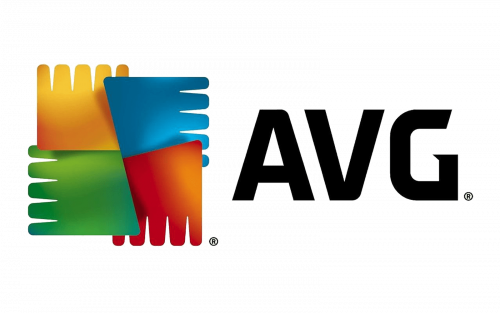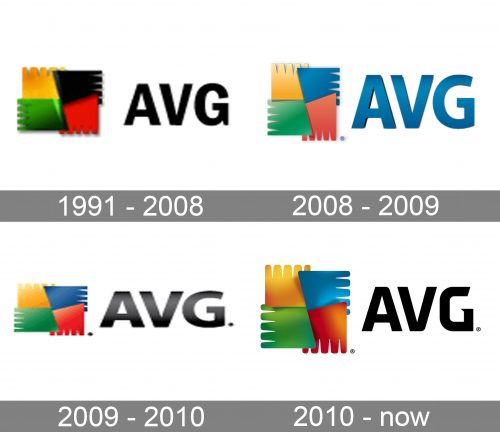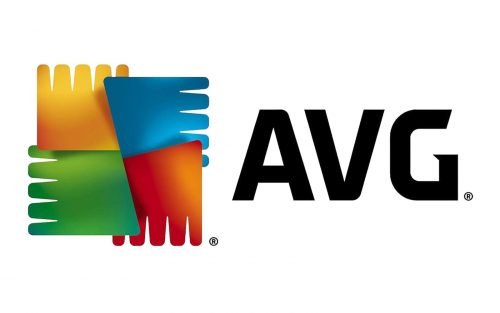AVG is an antivirus program, which was originally developed for Windows and then released its versions for macOS and Android. AVG is considered to be the best software for backs device protection.
Meaning and history
AVG, an acronym for Anti-Virus Guard, was founded by Jan Gritzbach and Tomáš Hofer in the Czech Republic in 1991. The company quickly positioned itself as a significant player in the software industry, particularly in the realm of cybersecurity. Over the years, AVG has been pivotal in developing and advancing anti-virus and internet security software, gaining a substantial user base worldwide. Its offerings have expanded beyond mere virus protection to include performance optimization tools and privacy protection, making it a comprehensive solution for personal and business use. A notable achievement was the introduction of its Free Edition software in 2006, which greatly increased its popularity and user base.
In the mid-2010s, AVG made strategic moves to enhance its market position, including the acquisition of smaller cybersecurity firms and the expansion of its service offerings. This period was marked by significant innovations in threat detection and system performance technologies. The company’s current position reflects a successful transition from traditional anti-virus software to a more holistic cybersecurity solution provider. In 2016, AVG was acquired by Avast, another cybersecurity giant. This acquisition allowed AVG to further expand its technological capabilities and market reach, solidifying its status as a key player in the ever-evolving cybersecurity industry.
What is AVG?
AVG is a renowned cybersecurity company, known for its anti-virus and internet security software. It offers comprehensive solutions for personal and business use, encompassing virus protection, system optimization, and privacy tools.
1991 – 2008

The original AVG logo featured a bright and dark combination of a stylized geometric emblem placed on the left from a narrowed sans-serif wordmark. The wordmark was set in black, while the emblem was formed by four elements executed in four different colors — yellow, black, red, and green.
2008 – 2009

In 2008 the logo was redesigned for the first time and the main change was about the color palette. Black was replaced by blue both in the emblem and the logo wordmark. As for the lettering, it not only changed its shade but the typeface too. The contours became wilder and bolder, looking more professional and evoking a sense of reliability and protection.
2009 – 2010

The redesign of 2009 kept the composition from 2008 almost untouched but placed it on a light gray rectangular background, which was horizontally oriented. The new color in the palette smoothened the contrast, making the whole image more balanced and friendly.
2010 – Today
The AVG logo is an example of a traditional approach to visual identity design. It is classy and confident.
The logo is composed of a wordmark with an emblem on its left. All the capital letters of the inscription are executed in a smooth bold sans-serif typeface with a slightly elongated and pointed tail of the letter “G”, which adds playfulness and uniqueness to the inscription.
Some angles of the letters are rounded, while others are straight and it creates a sense of movement and progress, looking strong and sophisticated.
The AVG emblem consists of four elements, forming a square. Each element has one of its sides cut in five stripes and features a different color.
Yellow, blue, green and red is a traditional basic color combination, which is also pretty meaningful. Yellow stands for the creation of the idea, blue — for its draft, green symbolizes the process of opening the idea to people, and red is a color, which points to the necessity of solving any occurring problems immediately.
The AVG logo is timeless and powerful. Built on the basic principles, it looks strong and meaningful, evoking a sense of trustworthiness and safety.









